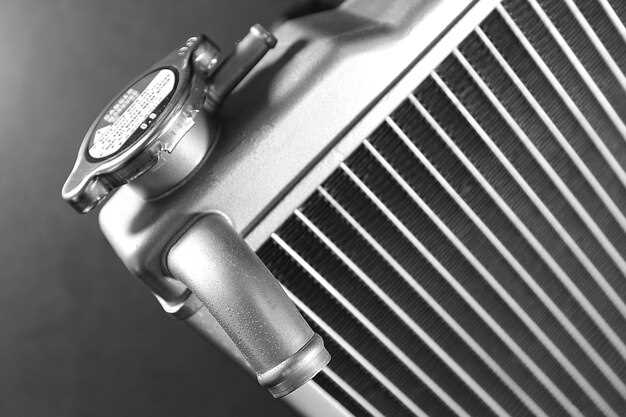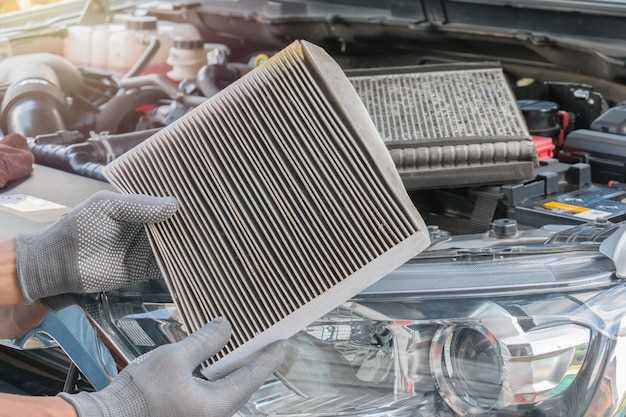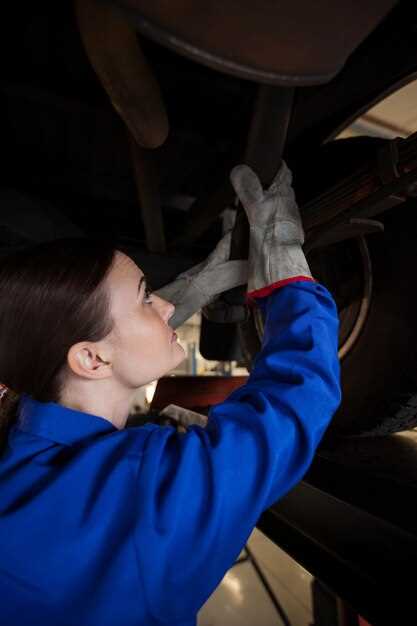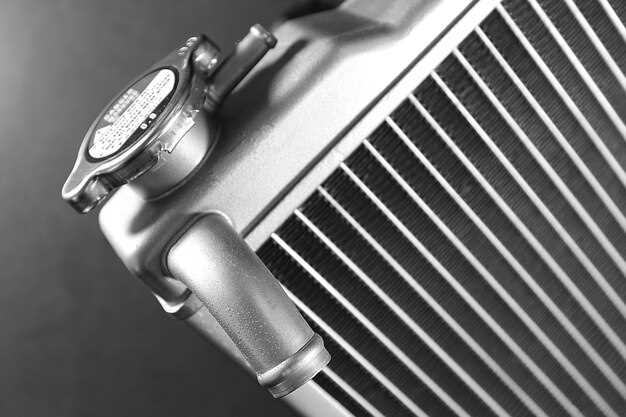
Installing a cold air intake system can significantly enhance your vehicle’s performance by improving its airflow. This modification allows for cooler, denser air to enter the engine, which can lead to more efficient combustion. As a result, many car enthusiasts and performance aficionados opt for this upgrade with the expectation of increased horsepower and torque.
However, the benefits of cold air intake systems are accompanied by potential drawbacks. While the enhancement in performance is appealing, not all installations result in the same level of improvement. Factors such as engine compatibility, driving conditions, and overall vehicle design can influence the effectiveness of a cold air intake. Furthermore, the installation process itself may involve modifications that could void manufacturer warranties or lead to issues if not executed correctly.
Understanding both the advantages and disadvantages of cold air intake installation is crucial for anyone considering this upgrade. By weighing the impacts on performance against the risks associated with the installation, car owners can make informed decisions that align with their driving goals and preferences.
Performance Gains: Understanding Horsepower and Torque Improvements

Installing a cold air intake can significantly enhance the performance of an engine by optimizing the air intake process. This improvement is essential for increasing horsepower and torque, as proper air flow is crucial for combustion efficiency.
The primary way a cold air intake contributes to performance gains is by drawing in cooler, denser air from outside the engine compartment. Cooler air is more oxygen-rich, which leads to improved combustion. When more oxygen is available during combustion, the engine can produce more power. This translates directly into horsepower and torque improvements, giving the vehicle better acceleration and responsiveness.
Typically, a cold air intake system can yield an increase in horsepower ranging from 5 to 20 additional horsepower, depending on the vehicle and the specific intake system installed. Torque will also see an uplift, enhancing the vehicle’s ability to pull heavy loads or accelerate quickly from a stop.
It is important to note that while modifications like a cold air intake boost performance, the actual gains can vary based on several factors, including engine type, tuning, and other modifications performed on the vehicle. Proper tuning and calibration are often necessary to fully realize the benefits of increased air flow and to ensure that the fuel-air mixture is optimized for maximum performance.
In summary, the installation of a cold air intake is a popular choice among performance enthusiasts looking to increase horsepower and torque. By improving air intake efficiency, it allows for better engine performance, resulting in a more enjoyable driving experience.
Potential Risks: Assessing Engine Wear and Warranty Issues

Installing a cold air intake system can enhance engine performance by allowing for better airflow. However, this modification might not be without its risks. One of the primary concerns is engine wear. An increased air supply can lead to a more aggressive air-fuel mixture, which, if not properly calibrated, may cause excessive friction and heat within engine components. Over time, this can accelerate wear on critical parts such as pistons, rings, and bearings, potentially leading to premature failure.
Additionally, cold air intakes can introduce more dirt and debris into the engine. While many modern systems come with filters, insufficient filtration may result in contaminants entering the combustion chamber, further contributing to wear and tear. This is particularly problematic for high-performance engines that are already operating under demanding conditions.
Another significant factor to consider is warranty implications. Many vehicle manufacturers state in their warranty agreements that modifications can void coverage related to engine problems. Installing a cold air intake, especially if it leads to engine damage, may result in costly repairs that are not covered. Always check the warranty details before proceeding with any intake modifications.
In summary, while the performance benefits of a cold air intake are appealing, it is essential to weigh these against the potential risks associated with increased engine wear and the possibility of voiding your warranty. Proper research and understanding of the specific vehicle model can mitigate these risks, ensuring that any modifications enhance rather than jeopardize engine longevity.
Installation Considerations: What to Know Before Modification
When contemplating the installation of a cold air intake, several key factors must be considered to ensure optimal performance and compatibility with your vehicle. First and foremost, understand the specific design of your car’s engine and intake system. Cold air intakes are designed to replace the factory air intake system, so it’s crucial to choose a model that aligns with your vehicle’s specifications for both fitment and airflow characteristics.
Compatibility with your engine type is essential. Installing an aftermarket intake may affect your vehicle’s warranty. Many manufacturers will void the warranty if aftermarket parts are detected, particularly when they lead to performance-related issues. It’s advisable to check with your dealer or manufacturer about their policies before proceeding with any modifications.
Another important aspect is the potential increase in performance. A cold air intake can improve airflow to the engine, which may result in better throttle response and slight horsepower gains. However, the actual benefits can vary based on factors such as the make and model of the vehicle, driving conditions, and whether additional modifications exist. It’s wise to read reviews and seek proven performance data for specific intake systems.
Installation difficulty also varies between different intake systems. Some may require basic tools and could be completed at home, while others might necessitate professional assistance to ensure the proper fit and function. Be prepared for potential challenges such as recalibrating the engine management system, which may be required to take full advantage of the new airflow characteristics.
Finally, consider the environmental impact and maintenance. Cold air intakes can sometimes increase the amount of dust and debris entering the engine, necessitating more frequent filter cleaning or replacement. Additionally, ensure that your cold air intake is from a reputable manufacturer, as the quality of materials can directly influence both performance and longevity.



